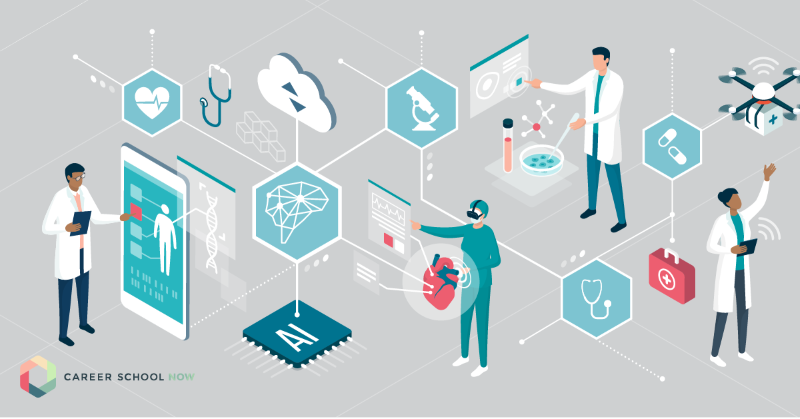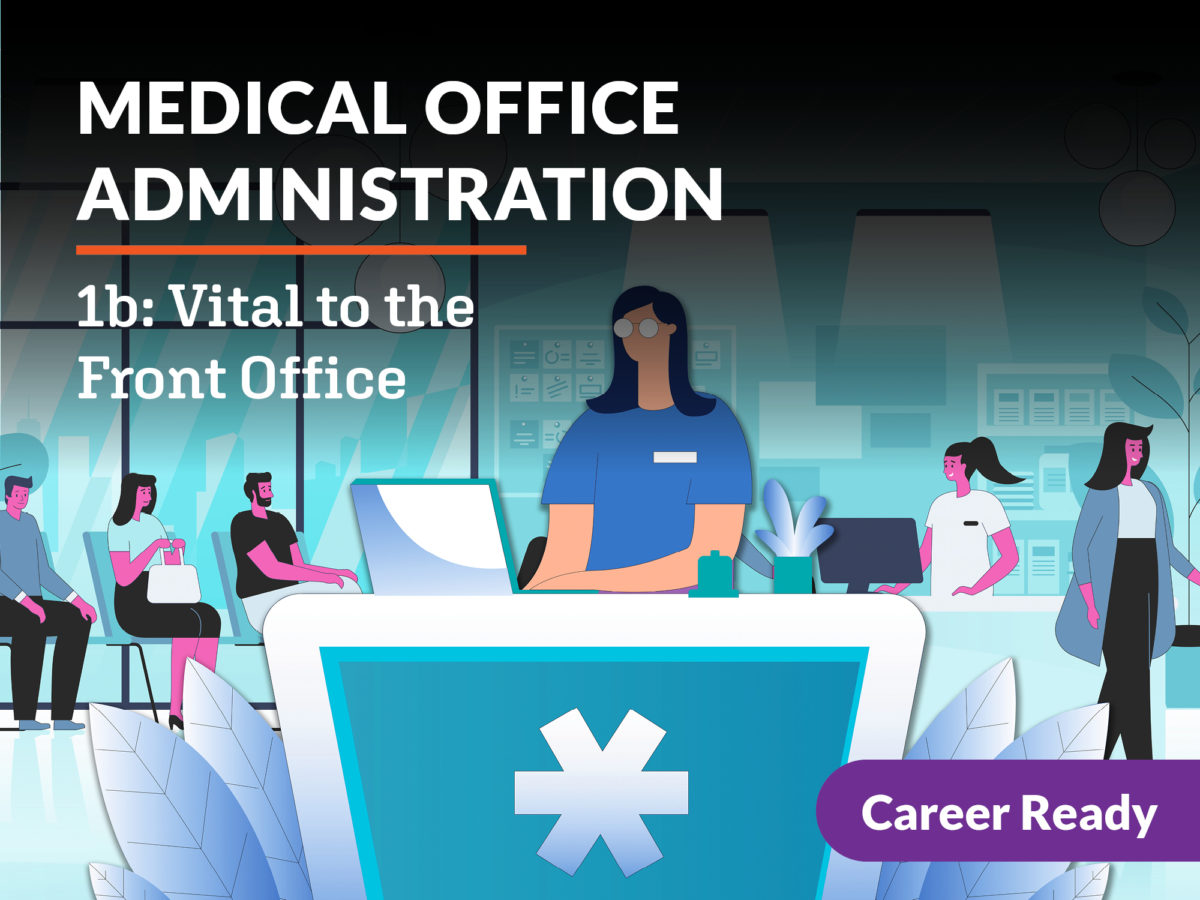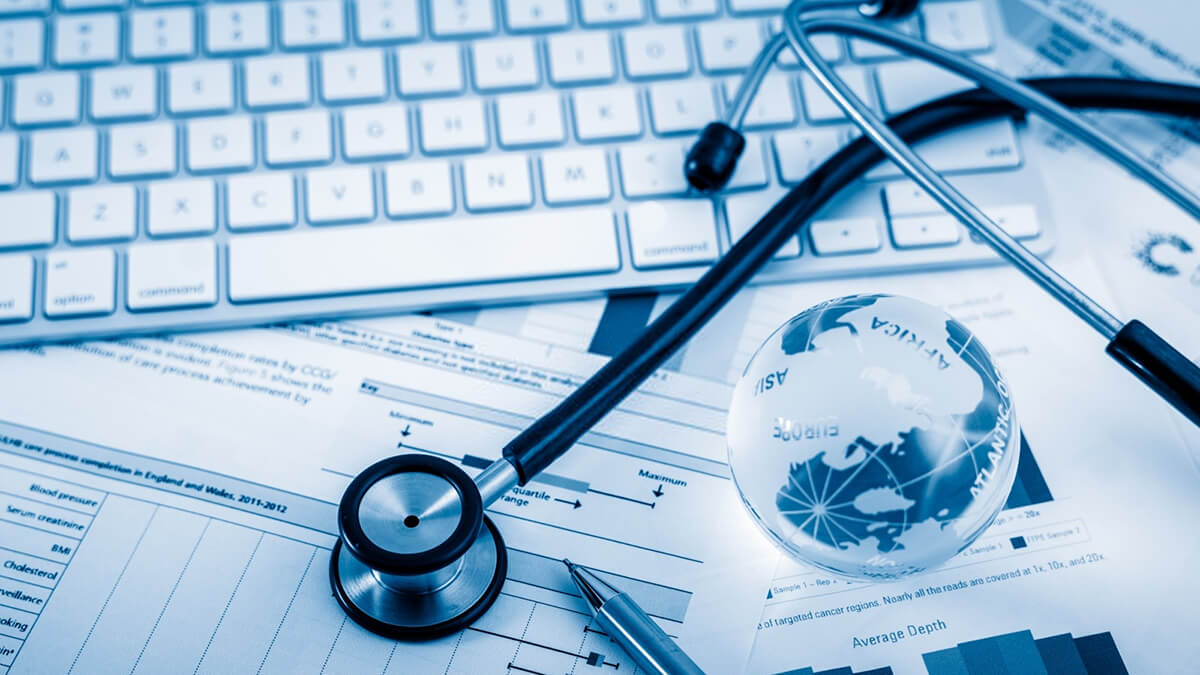Best Practices in Medical Administration for Improving Efficiency and Minimizing Prices
In the ever-evolving landscape of healthcare, the quest of ideal methods in clinical management is critical for boosting performance and curbing expenditures. By incorporating sophisticated innovations such as electronic health documents and telemedicine, medical care companies can enhance procedures and improve person treatment. However, innovation alone is not a remedy; enhancing resource allocation and fostering joint interaction amongst care groups are similarly crucial (medical administration). As organizations strive to balance quality and cost, what techniques should be prioritized to accomplish these dual objectives? The response to these concerns hold the secret to a much more sustainable healthcare system.
Leveraging Advanced Technology
The combination of electronic solutions right into healthcare systems has actually transformed the way facilities run, enhancing processes and enhancing individual treatment. By streamlining person info, EHRs eliminate the requirement for troublesome documentation and help with smooth communication among healthcare carriers.
Telemedicine is an additional technological innovation that has changed client communication. It supplies benefit for both people and medical care professionals by making it possible for remote assessments, which can lower the need for in-person brows through and optimize appointment scheduling. Additionally, telehealth systems can extend medical care access to country or underserved areas, connecting voids in treatment shipment.
Additionally, using Artificial Intelligence (AI) and machine understanding is ending up being progressively prevalent in predictive analytics, allowing for early detection of prospective health issues and more enlightened decision-making. These innovations, when incorporated properly, can enhance analysis accuracy and individualize individual treatment plans, eventually causing boosted medical care end results and functional effectiveness.
Optimizing Source Allocation
Reliable resource allowance is crucial for taking full advantage of the efficiency of medical management. By tactically handling resources such as employees, devices, and finances, health care facilities can significantly improve their functional performance, improve individual end results, and lower unnecessary expenses. The very first step in maximizing resource allowance includes conducting a comprehensive assessment of present possessions and determining locations where resources may be underutilized or exhausted. This assessment must be data-driven, using metrics and analytics to educate decision-making procedures.
Prioritizing resource allocation based upon person needs and solution demands is vital. This entails lining up resources with high-demand areas, such as emergency care or specialized treatments, to ensure prompt and reliable client treatment. Executing flexible staffing models can also enhance labor resources by adjusting workers allowance in reaction to rising and fall individual volumes. Additionally, welcoming telemedicine and other technological options can alleviate physical source restraints by using alternative opportunities for patient-provider interactions.
Monetary resources should be meticulously checked and allocated with calculated insight to support both temporary operational needs and lasting institutional goals. This includes investing in training programs that enhance staff proficiencies and taking on energy-efficient practices that reduce operational expenses (medical administration). Ultimately, an optimized source allotment technique cultivates a sustainable health care atmosphere that is responsive, efficient, and economically prudent
Streamlining Process Procedures
When healthcare centers goal to improve operational performance, improving operations procedures comes to be a critical emphasis. Effective process lessen redundancy, remove unneeded actions, and improve control amongst healthcare specialists. This technique not only speeds up solution distribution yet additionally boosts the top quality of individual treatment.

Next, technology integration plays a considerable role in streamlining operations. Applying electronic wellness records (EHRs) and digital doctor order entry (CPOE) systems reduces paperwork, decreases human error, and makes certain information is available to all relevant employees. In addition, leveraging telemedicine systems can enhance client assessments find more info and follow-ups, reducing the strain more helpful hints on physical framework.

Inevitably, structured process lead to set you back reductions and improved patient satisfaction, cultivating a more sustainable healthcare atmosphere.
Enhancing Information Administration
Structure upon structured workflows, maximizing information management becomes an essential part ahead of time healthcare management. Efficient data administration systems are essential for preserving precise person documents, improving decision-making, and making certain conformity with governing standards. By carrying out durable data administration remedies, medical care facilities can boost the top quality of patient care while at the same time lowering functional expenses.
One key aspect of improving information monitoring is the assimilation of innovative electronic health record (EHR) systems. These systems assist in the seamless exchange of person details throughout different divisions, reducing duplication of tests and lessening mistakes. A well-designed EHR system supports data analytics, enabling healthcare companies to identify patterns and make notified decisions pertaining to client care.
Furthermore, guarding patient data is extremely important. Taking on thorough cybersecurity actions, including security and routine audits, guarantees the stability and confidentiality of sensitive information. This not just protects patients but likewise keeps the institution's online reputation.
Spending in team training is one more crucial factor. Enlightening health care professionals on data management practices enhances their capability to efficiently use modern technology, leading to enhanced individual outcomes. Finally, boosting data monitoring with innovative technology and detailed training is vital for achieving effectiveness and expense reduction in medical management.
Fostering Collaborative Interaction
An important element ahead of time medical management is cultivating collective communication among medical care specialists. Reliable interaction is vital for making certain smooth individual care, enhancing treatment results, and reducing mistakes. By urging open discussion and sychronisation across multidisciplinary groups, health care companies can improve their operational efficiency and lower unneeded costs.
Central to this technique is the integration of interaction innovations such as electronic health documents (EHRs) and protected messaging platforms, which promote the fast exchange of crucial patient info. These devices make it possible for healthcare providers to accessibility and share data in genuine time, making certain that see page all employee are educated and aligned in their decision-making processes. Routine group meetings and interdisciplinary rounds can further promote a culture of cooperation and liability.
Educating programs focused on enhancing communication abilities are additionally essential. These programs can help team establish the capacity to share information clearly and listen actively, thus lowering misunderstandings and fostering a helpful job setting. On top of that, embracing standardized communication protocols, such as SBAR (Scenario, Background, Analysis, Referral), can simplify the exchange of details, making certain that vital information are communicated succinctly and efficiently. Ultimately, fostering collaborative communication causes enhanced medical care delivery and price savings (medical administration).

Conclusion
Including sophisticated technology, such as digital health documents and telemedicine, together with enhanced resource appropriation and structured workflow processes, is crucial for enhancing efficiency in medical administration. Reliable data management and fostering collective interaction among healthcare groups are vital for lessening redundancies and enhancing treatment high quality. By prioritizing preventive care and taking part in high quality improvement campaigns, medical care companies can achieve considerable cost financial savings and improved individual outcomes, thereby making certain lasting healthcare distribution in an increasingly complicated environment.